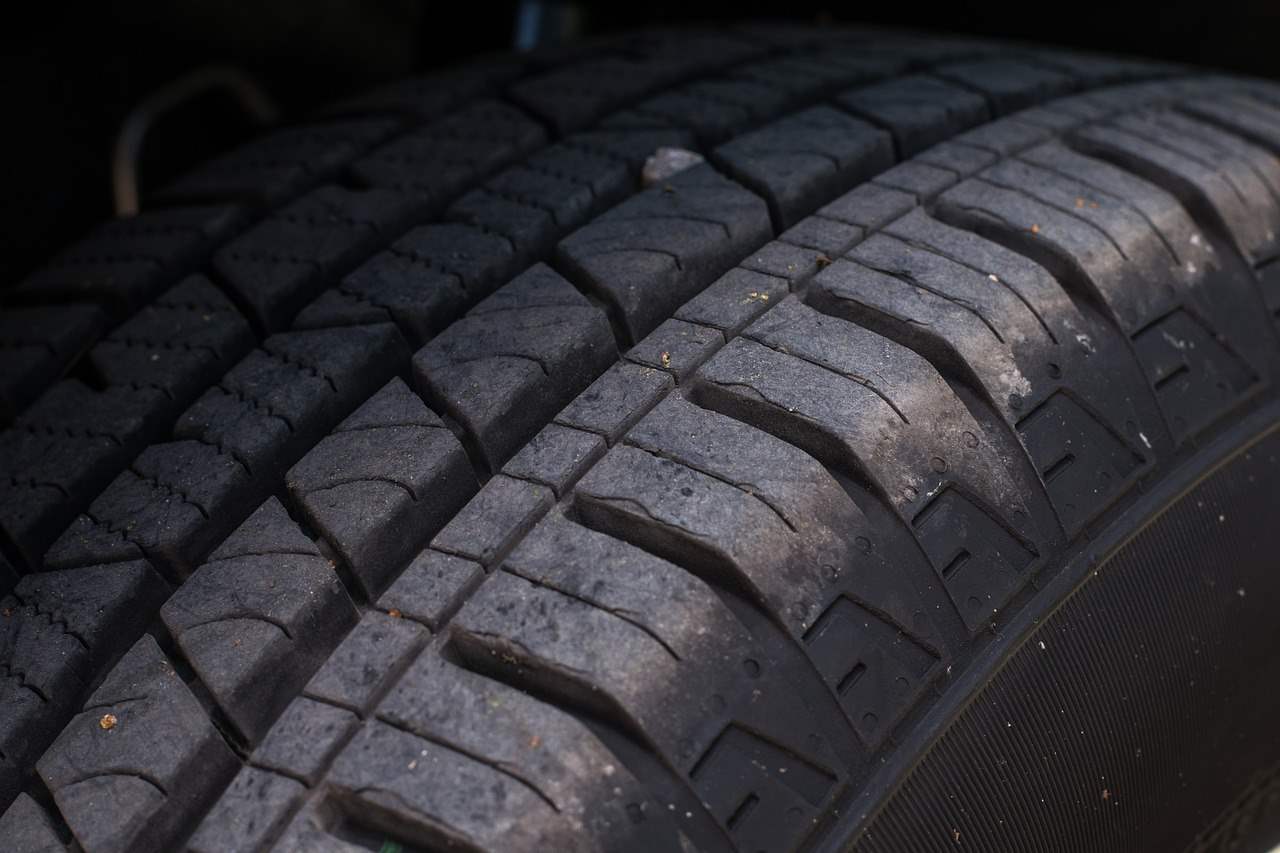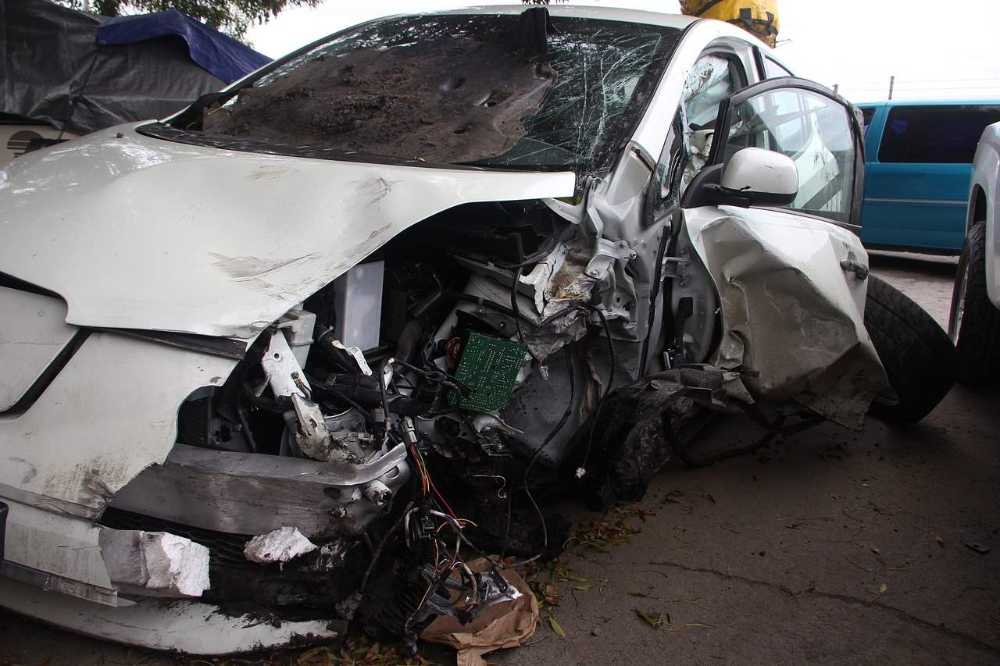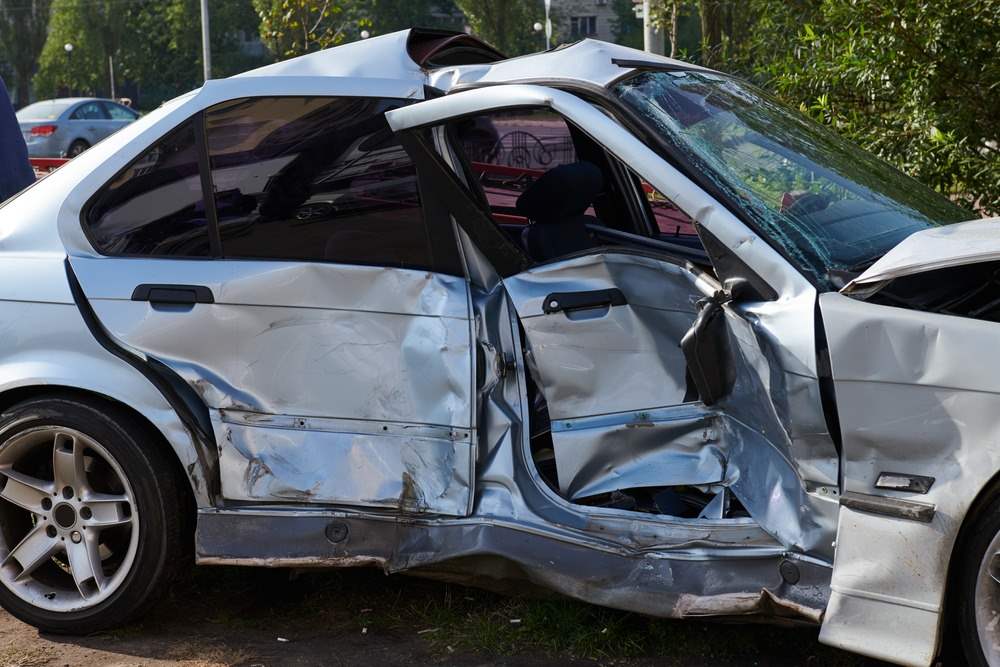When a car slides, usually on a wet surface, it is called hydroplaning. While hydroplaning can occur on any wet surface, the most dangerous time is within 10 minutes of the rain beginning. The cause of hydroplaning is when the tires encounter more water than it can effectively scatter. Pressure from the water in front of the tire causes the water to slide under the tire, separating it from the surface of the road, causing loss of control. Steering, power control, and braking are all affected when hydroplaning occurs. Keeping your tires properly inflated and in good condition can help to prevent hydroplaning.
News 4 Jax reports on a mother who is asking for safety upgrades after her daughter was injured in a hydroplaning crash.
20-year-old Gabbriella Manges of Green Cove Springs was critically injured in a crash as she was attempting to merge onto Interstate 295. The crash occurred on June 13th just after it had started raining at the on-ramp from U.S. 17 where drivers merge onto Buckman Bridge.
According to Manges’ mother, she hydroplaned at the end of the on-ramp and wound up in oncoming traffic on I-295. Manges suffered from a shattered jaw along with other serious injuries.
It is the fourth traffic accident at that intersection in the past month. Figures from the Florida Department of Transportation indicate that between 2012 and 2016, there were 24 crashes reported at that ramp. Of those, 20 had wet pavement as a factor in the accidents.
As a result of those figures, the Florida DOT will be putting in high friction pavement in the hopes that it will reduce the number of hydroplaning crashes. There is no timetable for the project.
Manges’ mother would also like to see a guardrail installed at the end of the on-ramp.










